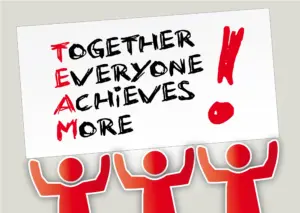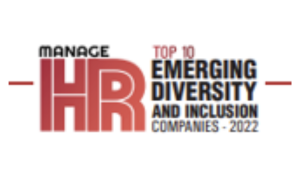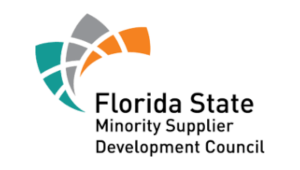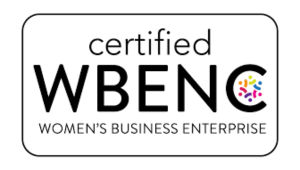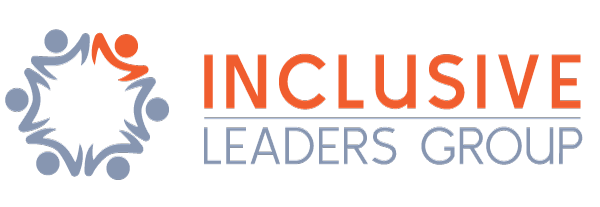With all the workplace conversations and commitment statements by CEOs about Race and Race Equity, do you as an executive or manager find it all hard to understand and what you should do if it is present?

Two years after the unjust death of George Floyd, many companies have been struggling with a “racial reckoning” and having conversations about race for the first time. The quest involves how can employers and colleagues better support employees of color and what is the most productive way to prevent racism and promote race equity.
In this guide, I will show you how to spot what is considered racism at work and how your company’s culture and policies may perpetuate racial inequity. Finally, I will share the actions leaders can take to establish a shared understanding and vocabulary around race in your organization to explain meanings such as racial microaggressions to employees through training and open a continuous dialogue about race equity work through expertly facilitated discussions.

Racism is Extraordinarily Expensive For Employers
Racial bias in the workplace is annually costing U.S. businesses $54.1 billion in increased absenteeism, $58.7 billion in lost productivity, and $171.9 billion in turnover, according to research from the Society for Human Resource Management (SHRM). Black employees are most at risk for experiencing bias, followed by Latino and Asian-American employees. However, even employees who do not directly experience bias are negatively impacted by observing others being treated unfairly. Furthermore, an organization that appears to tolerate racist behavior creates a lack of psychological safety for all its employees.
In October 2021 Tesla Inc. lost a case against a Black former elevator operator and ordered an unprecedented $137 million in damages for having ignored racial taunts and offensive graffiti the man endured at the electric carmaker’s auto plant in Fremont, California. In April 2022, the award was reduced by US District Judge William Orrick who issued a ruling that said that Tesla was liable to Owen Diaz but that the amount awarded to Diaz by jurors was “excessive” and reduced the damages to $15 million. The racism problems may not be over at Tesla as around the same time Orrick reduced the damages, Black employees at Tesla raised new allegations of racism in the workplace.
Racism Exists Where YOU Work
The idea that racism is alive and well in our workplaces is an uncomfortable one. However, valid and reliable research has found that this is the case, with 60% of black and 42% of Asian respondents reporting that they have experienced racism at work. The research clearly showed that white people experience less racism than their black and Asian colleagues. However, significant numbers of each racial group have witnessed another individual being the victim of racism. To be precise, a shocking 69% of black, 53% of Asian, and 45% of white employees have witnessed a racist incident at work.
Black and Hispanic Talent
The Gallup Center on Black Voices finds that about one in four Black (24%) and Hispanic employees (24%) in the U.S. report having been racially discriminated against at work in the past year. Black Americans experience various microaggressions at much higher rates than other racial or ethnic groups do. And while racial discrimination in the workplace is illegal under federal law, about one in four Black employees report having been on the receiving end of racial discrimination at work in the past year alone.
Asians and Asian American Employees
Asians and Asian Americans have a strong presence in corporate America representing 12% of the country’s professional workforce, yet less than 1% of S&P 500 CEOs were of East Asian descent. Unconscious bias and stereotypes that have long been used to hold Asian Americans back in the workplace. They are the least likely group to be promoted to management — less likely than any other racial group, including African Americans and Latinos.

How Leaders Can Identify Racism At Work
Discrimination based on race involving denying equal employment opportunity can be described by your HR compliance department or found at The U.S. Department of Justice Civil Rights Division Employment Litigation Section.
While some acts of racism are blatant and overt, others are much more subtle. Racism in the workplace takes a substantial mental toll on victims and causes psychological anguish and distress. A workplace should be a place free from any kind of discrimination, especially racial discrimination.
Leaders and managers can identify the more pervasive and subtle forms of racism at work through education and observation. Here are the ten (10) most common forms of subtle racism your BAME (Black, Asian and Minority Ethnic) employees are experiencing:
10 Subtle Signs of Racial Discrimination in the Workplace
- Questioning the judgment of a certain BAME employee
- Making inflammatory or insulting racial or ethnic “jokes”
- Using terms such as “us” and “them” to refer to minorities
- Stereotyping: Ascribing negative attributes to only certain employees
- Failing to make eye contact with certain employees
- Avoiding socializing or collaborating with certain employees
- Talking about stereotypes or making inappropriate comments
- Overlooking certain employees for promotion because there is often a ceiling past which many may not advance in their workplace due to their race or ethnicity
- Supervisors giving overly harsh criticism or constant micromanaging BAME employees
- Having reduced expectations of certain workers
A Black Woman Leader’s Experience with Racism at Work
Unfortunately, I have personally experienced all ten (10) of these subtle but painful situations throughout my career. One aspect of racism that I and other Black women (and Black men) consistently experience is hair discrimination that unfairly impacts Black Americans in their workplace.
Wearing natural hairstyles is one factor shown by academic research to affect the job prospects of Black women. Corporate and healthcare environments, where I have spent most of my career, still largely conform to standards of personal appearance based on white beauty norms.
For example, in healthcare clinical settings, Black nurses have been told to cut their hair for the sake of ‘infection control’ whereas their white peers are merely told to tie their hair up. “Black nurses worldwide have experienced ‘racial gaslighting’ through the profiling and policing of their hair, to the point of being driven out of nursing” according to the Journal of Nursing Management.

Fortunately, on Friday, March 18, 2022 the House of Representatives passed legislation – The CROWN (Creating a Respectful and Open World for Natural Hair) Act, first introduced to Congress in March 2019, prohibits prejudicial treatment towards individuals on the basis of their hair texture or hairstyle. This is the first step on a federal level needed to officially get the bill signed into law. The bill now goes to the Senate.
These experiences of racial discrimination are part of the motivation and enthusiastic commitment I have for Race Equity and DEI overall.
CONCLUSION
The first action leaders and their teams should take is to pursue Racial Sensitivity Training including courses on Unconscious Bias and Microaggressions: What They Are and How to Stop Them. Racial sensitivity training can have several benefits for you and your team including – Allows others to identify harmful behaviors, brings often unspoken issues to light, identifies language which may offend others, and fully understand how racial biases affect people. Then leaders can begin a continuous dialogue about race equity work through expertly facilitated conversations about race and racial equity.
Don’t miss the next Blog post, we will share the actions leaders can take to Build a Race Equity Culture!
Inclusive Leaders Group, LLC is an award-winning talent & organizational development consulting firm specializing in Diversity, Equity, Inclusion (DEI) strategy and initiatives aligned with business goals. Our senior consultants get the results CEOs want and demand. We specialize in – strategy development, training, and speaking engagements for corporations, nonprofits, and healthcare organizations at all stages of their DEI journey seeking to make DEI a business strategy rather than a compliance matter. We shine when working with organizations new to DEI, evolving from compliance to a business strategy with a multi-year DEI strategic plan with goals, objectives, and metrics. We also excel with organizations seeking to build a Race Equity culture. When can we schedule a discovery discussion and give you our presentation to help transform your culture and grow your business? Contact us and let us know.




